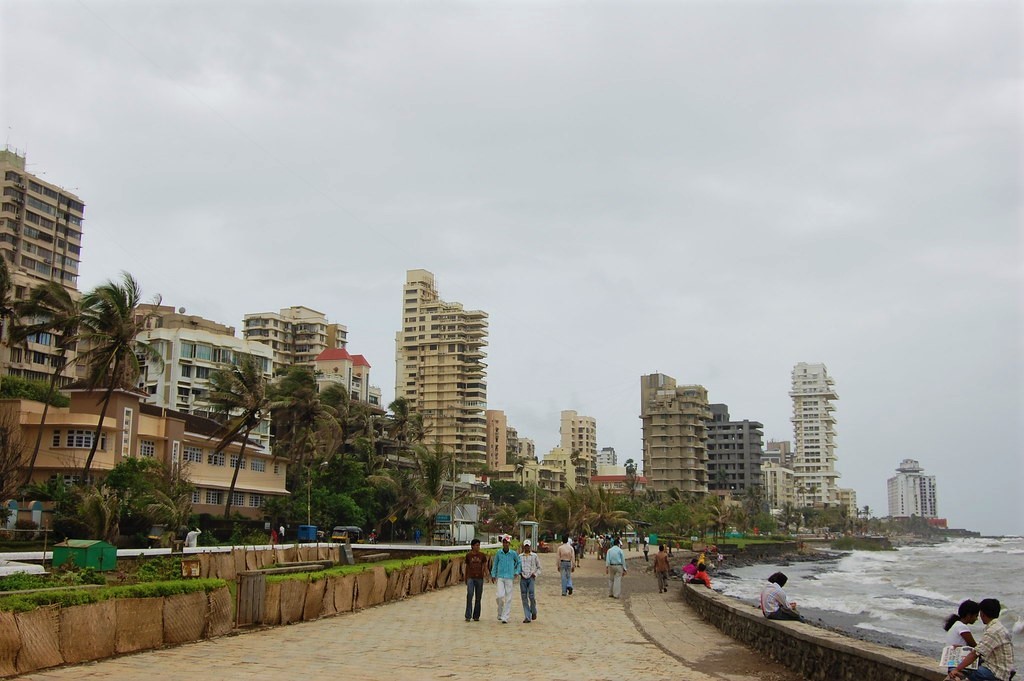
Mumbai suburb offers a blueprint for how Mississauga can outgrow Toronto
The streets are electric. Thousands of cars and bikes inch along in a chaotic procession. A light smog hangs above. The summer stew boils the thick air off the Arabian Sea, hanging like a wet sheet over the entire city.
Welcome to Mumbai.
Its 20 million inhabitants represent more than half the population of Canada, despite taking up just 0.05 percent of the land mass.
The Indian mega-city is one of the largest and densest metropolises in the world.
And the place to be is the intoxicating suburb of Bandra.
The home of Bollywood’s A-list stars, financial elites and young cosmopolitan professionals, the suburb to the north of the old city has accomplished a rare feat, its electrifying growth has overshadowed the former heart of Mumbai.

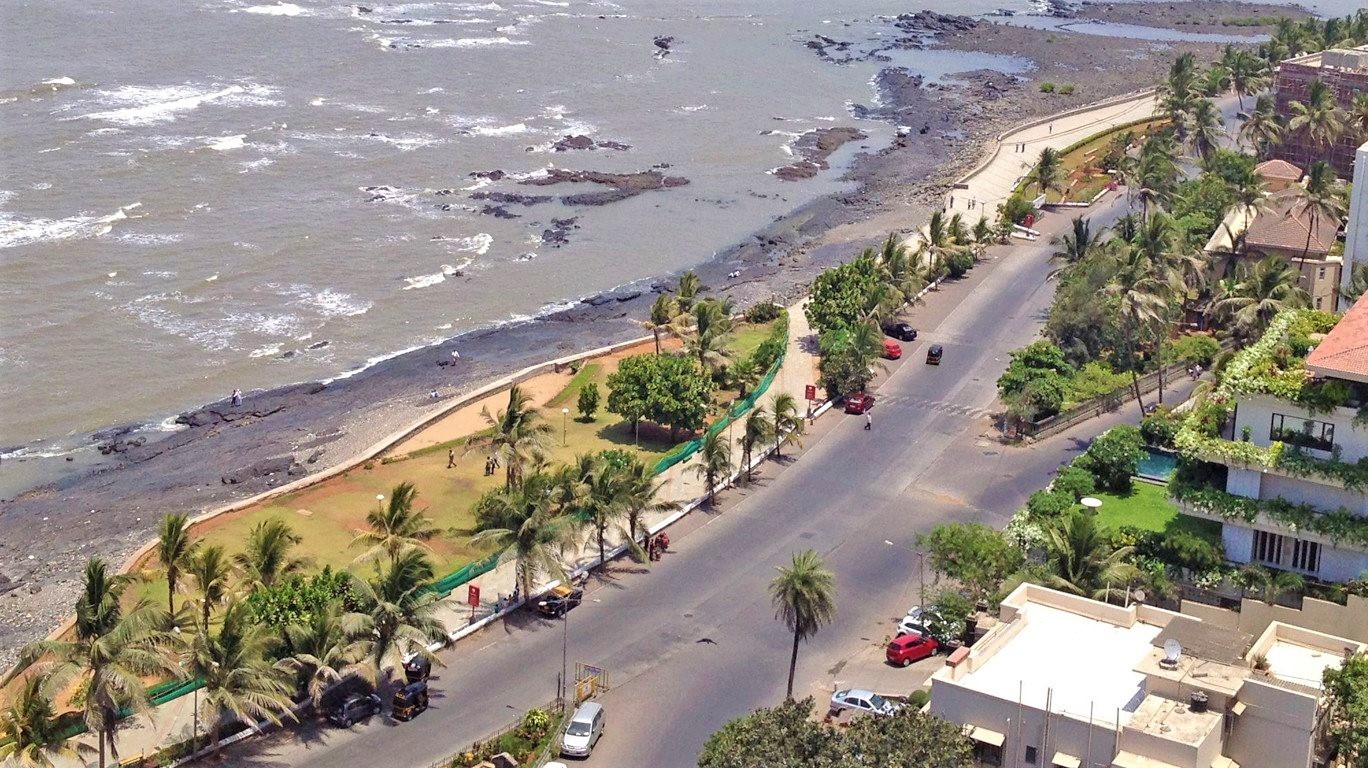
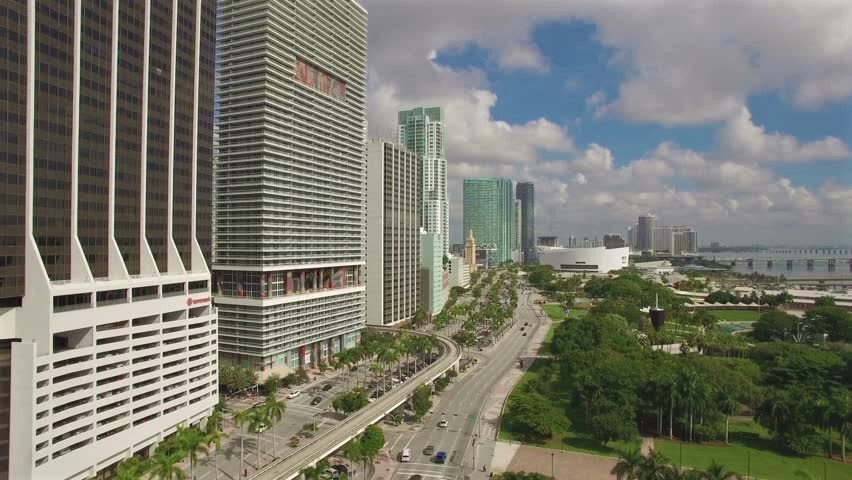
The Mumbai suburb of Bandra is the place to be in India's largest metropolitan area
Here, in Canada’s sixth largest city, the pace is slower.
There is traffic, but the snarls on Hurontario Street or Lakeshore Road aren’t due to an overwhelming population.
Poor planning and a suburban cityscape still dominated by the car are the barriers between Mississauga’s sprawling past and the dynamic future it envisions.
Can it become Bandra?
Though it sits along an island off a coast a world away, the Indian suburb holds many clues for planners and local leaders who will oversee the coming transformation of Mississauga. Its majestic lakeshore along almost 18 kilometres of ocean-like waterfront is being primed for North America’s largest suburban revisioning.
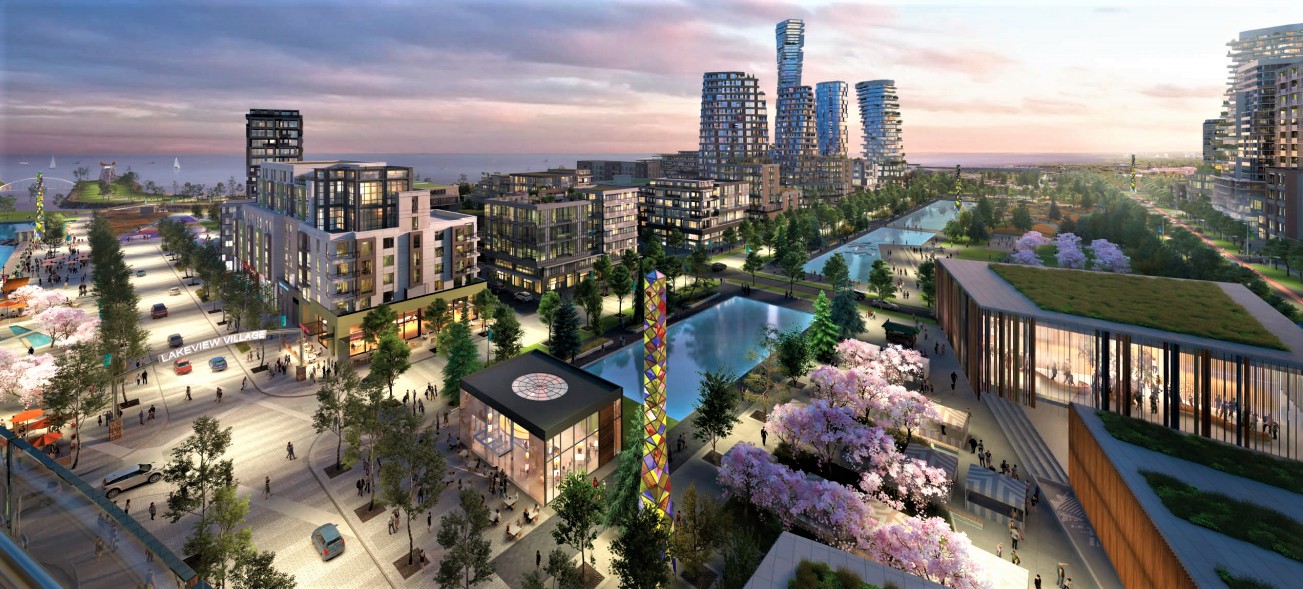
The ambitious Lakeview development plan in Mississauga's east end
The spine of the city, along Hurontario, will be completely rethought, connected with a light rail commuter system already under construction, a far cry from the gaping boulevards that methodically cut up the city into isolating subdivisions.
Some $45 billion of construction is set to pour into Mississauga. But it remains unclear what the form and shape of all the mega projects – Lakeview, Oxford-Square One, M-City, Cooksville Connects, Port Credit, Edge Towers, Liberty, Brightwater (to name just a few) – will accomplish.
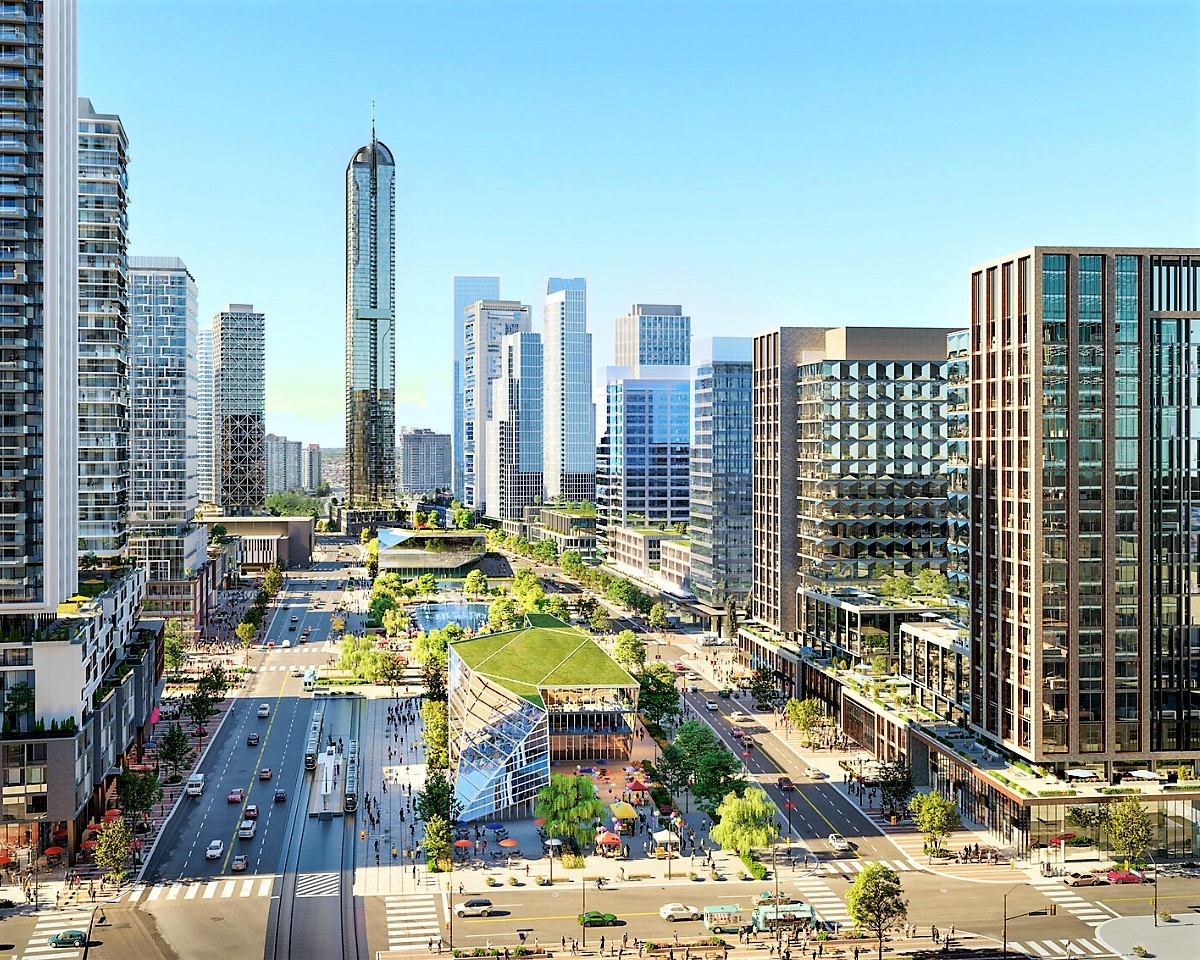
A rendering of Hurontario Street, envisioned as part of the massive 37-tower downtown redevelopment plan by Oxford Properties
Will the remaking of the city amount to little beyond a much more vertical suburb with better housing options along its breathtaking waterfront?
Or will it create the type of transformation Bandra has seen, with Fortune 500 companies streaming in, creative industries and their hip denizens setting up and a young cosmopolitan vibe that transcends all notions of the sleepy suburbs?
Bandra and, to a lesser extent, Juhu, two neighbouring waterfront suburbs of Mumbai proper, represent a pathway for former satellite cities to outgrow their earlier, less mature identities.
The stories of both areas begin with the movies.
Juhu and Bandra share histories intertwined with the film industry. Juhu, home to Mumbai’s most stunning beach, is the Beverly Hills of Bollywood, Bandra is the location of several movie studios, including Mehboob Studio.
The glamour of Bollywood and all the investment surrounding a scene created merely by its presence offered a solid foundation for the two areas to thrive. From the ‘50s and into the early 2000s, private sector money, a sustained push by local residents and astute political decisions allowed Bandra, in particular, to become what it seemed destined to be.
The biggest financial companies have set up shop, towering offices line its waterfront, visually stunning real estate projects have replaced the aging structures of India’s yesteryear and arts and cultural offerings alongside some of the best shopping in the country have turned the suburb into a major destination for tourists, who also gravitate to the dining and nightlife on offer throughout Bandra.
Its transformation was catalyzed by investment from the film industry, beginning with Mehboob Studio in 1954. The area was once a collection of fishing villages (not unlike Mississauga’s early agricultural history prior to its formation in 1974) that slowly evolved into a sleepy suburb. The arrival of the film industry woke Bandra up and it rapidly morphed into a major seaside destination, frequented by locals and visitors from around the world including other parts of India.
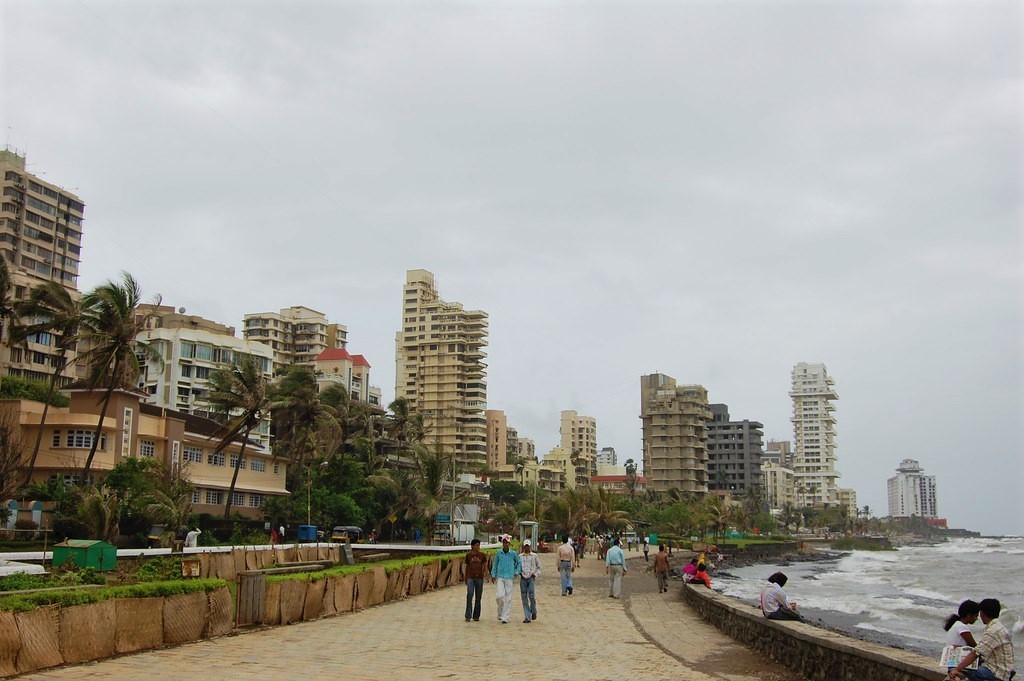
The Bandra Bandstand, a 1.2-kilometre promenade along the Arabian Sea
Juhu, just to the north, started as a collection of waterfront shacks in the 1950s. Gradually, actors and other film industry heavyweights began to rent or purchase the rapidly gentrifying properties as weekend and holiday homes and, eventually, transformed the area into an exclusive neighbourhood frequented by the film elite.
Both now eclipse Mumbai’s staid, colonial city centre, where the remnants of British times age and wither. Young Bollywood stars, educated trend-setters and the investment class bypass the snobby enclaves of Mumbai’s past, where class-conscious families of old money still live in old British neighbourhoods like Malabar Hill and Churchgate, in the south-side of the city, once thought of as posh and upper crust, but now mocked as relics of a colonial age shrugged off just like the British name Bombay that was dropped for the original, Mumbai.
Bandra and Juhu’s hip neighbourhoods, restaurants and booming real estate stand in contrast to other parts of the city stuck in the past. Commercial activity, popular culture and other arts now define the areas as a major destination for investment and tourism.
In many ways, the story of Bandra and its relationship with Mumbai is how suburbs should develop. As the far-flung children of the parent-municipality, suburban areas have a chance to learn from the mistakes of the places that spawned them. Just like children who grow to be taller, better educated and more accomplished than their parents; suburbs can do the same.
One key point Bandra learned from its parent city was the importance of accessible public space and parkland. Due to its incredible density, Mumbai-proper has less than two square metres of greenspace per capita. Public parks and outdoor amenities are few and far between, especially for those not blessed with millionaire mansions. Aware of the need for public space and fortunate to live on the serene waterfront, residents in Bandra as early as the 1970s began to fight for the protection and creation of public space along their beach. Their local efforts focused on the waterfront, historical Fort Bandra (also known as Castella de Aguada) and the Bandra Bandstand.
At the time, towards the end of the 20th Century, this awareness of the need for public space to be preserved was not readily reflected by most local governments in India. Through the economic liberalization that took place in the country during the 1990s, and even before, politicians were often accused of cozy relationships with development interests.
Cities, and the emerging tech-suburbs, were built for profit more than people.
Beginning in the 1970s and growing in strength until the turn of the century, Bandra’s emerging new middle class organized to save its waterfront public space. While the new, engaged civic class has been the subject of much academic debate in India, criticized by some for its role in elitist gentrification, the achievements of those in Bandra benefitted many.
The battle in Bandra is long and complicated. It spans the creation of two five star hotels, desperate attempts to save heritage, compromises and victories against powerful developers that would have been impossible without citizen-driven activism.
In 2000, the Bandra Bandstand Residents’ Association (BBRA) won its ultimate battle and transformed one-and-a-half kilometres of neglected waterfront into a promenade, creating a public garden at Land’s End. Every inch of the land dedicated to the public in this upscale part of Mumbai (with Bollywood houses in Land’s End among the most expensive in the world) was clawed from private interests through painstaking activism, creativity and legal action.
Citizen moves to reclaim public space in Mumbai were not exclusive to Bandra, but perhaps most profoundly impactful along the waterfront.
In the south of the city, a 15-year struggle between the Oval Cooperage Residents’ Association and the municipal government led, in 1997, to permission for locals to restore the historic Oval Maidan into a public space used particularly by lower income children.
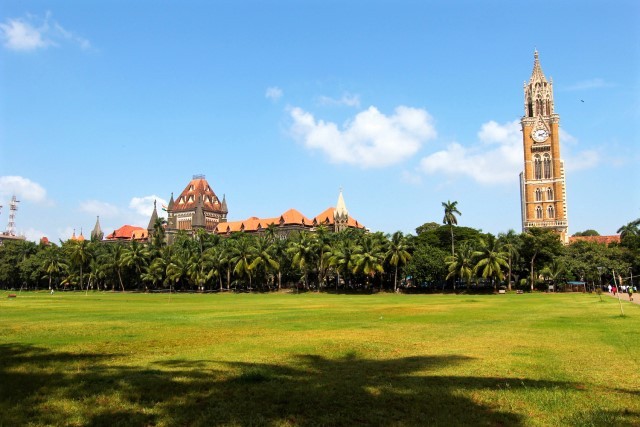
Seventy years ago, the Oval Maidan was a slum, dominated by beggars and sex workers, before it was reclaimed and returned to the original public greenspace near the sea.
The spectacular property near Churchgate had come to represent the worst of elitist isolation, as the wealthy had for decades made sure their enclaves on the other side of the tracks, so to speak, were taken care of by politicians and bureaucrats, while the verdant grounds that had been formerly known as the Esplanade fell into decay. By the second half of the century, teeming slums, prostitutes and beggars had rendered the once resplendent area unrecognizable.
The local vision was eventually adopted instead of government plans for a mall, cafes, stadium and exhibition place.
Though it would eventually be reclaimed and transformed to its original glory, on the other side of the city, Bandra residents were not about to let their suburban paradise fall short of its potential.
The impact of the Oval Maidan should not be understated, but the manner by which public campaigns in middle-class Bandra allowed for its character to develop organically, shaped by the people, was particularly effective. The successful fight to keep parks for the public in the face of developer-led gentrification serves as inspiration for Mississauga.
The Bandra Bandstand, now a captivating 1.2 kilometre promenade along the Arabian Sea, offers Mississauga a lesson on how to balance the intoxicating potential of waterfront development with human-scale growth that results in a truly attractive destination for all.
Sections of Toronto’s walled-off waterfront, forested by grotesque glass and concrete columns, serve as the opposite lesson, the cautionary one.
Along Mississauga’s own waterfront, dominated like Bandra by multi-million dollar properties and an actively engaged middle class, a plan was hatched years ago to reclaim public space. In 2014, work by local ratepayers and late-Ward 1 councillor Jim Tovey, led to a plan entitled Inspiration Lakeview.
Written to guide an Official Plan amendment, it called for density to be built on the former site of the Lakeview power generation plant. The 100-page document imagined a medium density community set into publicly accessible lands, with space to honour the area’s Indigenous beginnings and parklands reopening the city’s waterfront for all residents, not just wealthy property owners.
However, after the land for the project was sold for development, a new Master Plan was submitted. Across four separate plans, known as 1.0, 2.0, 3.0 and 4.0, Lakeview Community Partners (LCP), the team behind the development project, pushed for changes. The original Inspiration Lakeview plan had imagined 5,200 units, with an emphasis on mid-rise buildings. In 2019, LCP’s ideas stood in stark contrast to the original plan, when its third proposal included 9,751 units. The developer eventually toned their demands down slightly, but stayed well above the plan’s original suggestions.
People like Mayor Bonnie Crombie, and many other key decision makers, might be dazzled by towering structures that can create an identifiable skyline, a city’s signature, a marketing image cast high above the streets and public spaces, but beware.
The success of Bandra lies not in any display of wealth and architectural insecurity, with designs that might rise to the sky but look horrifically tacky. Its appeal, what has allowed it to overshadow Mumbai’s former hub, is the collision of modernity with true sophistication, including how to utilize public spaces, glorious waterfronts and keep grand designs at a human scale. Toronto, like so many cities struggling during the pandemic, is realizing that density and verticality can be incredibly dehumanizing.
The world only needs so many Manhattans.
Citizens in Bandra succeeded in working with their local government to deliver a project the people needed. “Their larger goal was to say [that] in the end, these are not sustainable practices [and] you can’t get citizens to do this work all the time,” says Tanu Sankalia, an urban studies professor at the University of San Francisco who is currently writing about public space and citizenship in Mumbai. He has written extensively about Bandra and told The Pointer that the future growth of places like Mumbai, and Mississauga, needs to be stewarded by elected officials. “It’s what the government should be doing. The idea was to put pressure on the municipal authorities to provide public space for their citizens. That is what they were after.”
After its completion, Sankalia visited Mumbai to see the fate of the space. “I found that the promenade was being used by residents from all over the city, not just Bandra, and so that was unique,” he said.
Like Bandra, Mississauga could capitalize on its parent city’s diminishing green space through Inspiration Lakeview, its people-powered waterfront project. The COVID-19 crisis has revealed the downside of poorly thought-out urban planning in overcrowded neighbourhoods around places like Trinity Bellwoods Park.
Younger generations might live for the repetitive nightlife of dense urban centres around the world, but we don’t build our cities for people living the social life in the decade between the end of high school and the onset of less adolescent pursuits. Even for those who value the cultural life of large cities, they need a range of options, especially residents confined in oppressively small living quarters.
Toronto’s downtown is relatively barren when it comes to parkland, and if you don’t live somewhat close to High Park in the west end or the Don Valley park and trail system to the east, much smaller greenspaces are your only option.
According to the City of Toronto, there were 28 square metres of green space per person in 2018, a number set to fall to just 21 square metres per person in 15 years. In 2019, Mississauga had just over 26 square metres of green space per resident according to a City spokesperson, but projects like Inspiration Lakeview and citizen-led campaigns could increase the figure, especially along the waterfront, where the vast expanse of Lake Ontario might not be measured as greenspace, but certainly creates the type of atmosphere so many flock to.
Bandra fills a niche in Mumbai for residents by providing not only much needed public space, but all the attractions and amenities people want alongside — Mississauga could do the same.
So far, the story of Lakeview closely reflects the opening acts of the battle between Bandra residents and Mumbai’s city council: developers and residents squaring off in a fight over profits and public space. The Bandra battle took roughly 30 years.
Bandra’s story can provide a blueprint for Mississauga and, crucially, we know how it ends. If the City and developers had won, Bandra would likely be a waterfront community owned by the rich, walled-off by the rich and dominated by five-star hotels for a select class of visitors. Development plans for one of the luxury hotels (among two that were eventually built, but reduced in size by local pressure) included the option of fixing up and beautifying the historic Bandra Fort and turning remaining accessible public space into private gardens for all to enjoy.
Instead of becoming an attractive destination for investors, residents and visitors, and a welcome respite from the chaos of the city-centre, Bandra under the plans of developers would be no more interesting to the public than Lorne Park in Mississauga, Mayfair in London or Forrest Hill in Toronto. Places to gawk at expensive houses and little more.
The success of Bandra is not limited to its public space. The beautiful waterfront promenade and publicly accessible gardens are the cherry on top for an area whose diverse and ambitious economy is mirrored in its impressive range of housing, in neighbourhoods where the famous comfortably mix with an eclectic array of residents. It’s not a former suburb transformed and isolated just for the rich, the reason Bandra is the place to be is because so many now gravitate there to live, work and play.
In the first part of Bandra’s story, the municipal government was arguably the villain, aligned closely with profit-driven developers until the eleventh hour when it was able to work with citizens for a solution. The second part of Bandra’s own movie saw it take on the role of visionary and hero.
In the 1970s, the Mumbai municipal government began to work on a marshy area of Bandra along the Mithi River to make it safe for building. At the time, the project was criticized by the public and developers alike, with most not interested in seeing the swampy area turned into anything, and convinced the project was a waste of resources.
The Bandra-Kurla Complex (BKC), eventually built on the drained site, began selling plots to businesses in 1980. Space originally retailed for just 3,000 R ($50 to $60) per square metre.
But the instincts of stubborn Mumbai planners were correct. Already problematic traffic in the downtown worsened as the years rolled by, forcing big companies to look away from the city centre for their offices and headquarters.
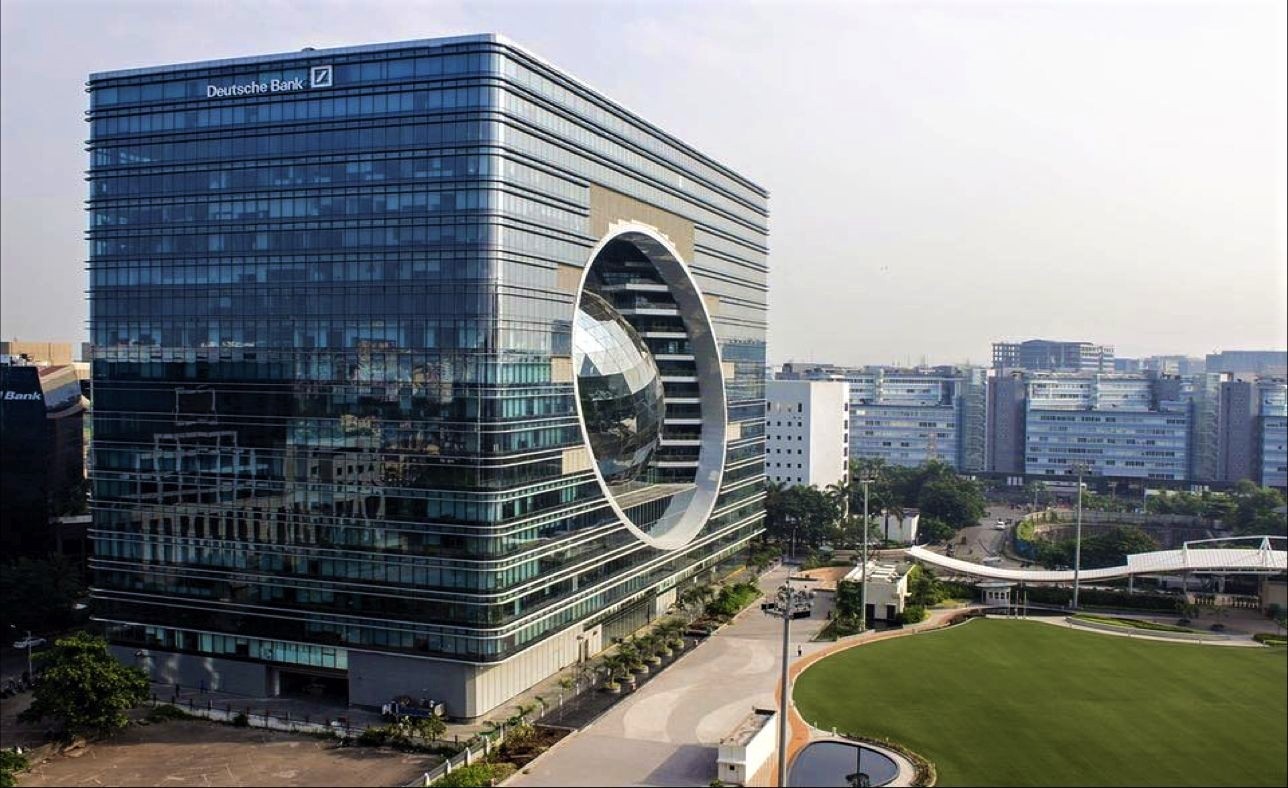
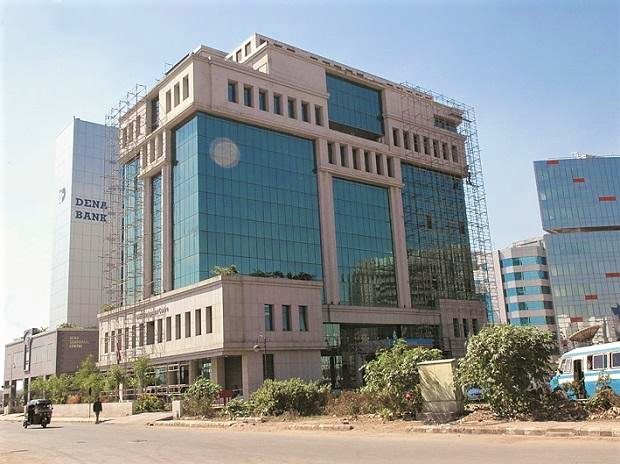
Two of the newer multinational bank buildings built in the Bandra-Kurla enclave, a former marshland
Thanks to the efforts of local activists in the ‘90s, an educated, ambitious and attractive Bandra stood out as the goal.
By 2010, the UK, Australia, Belgium and the Netherlands all moved consulate offices into the BKC. The Americans joined soon after. Now, Amazon, Google, Netflix, RBC and JP Morgan Chase all have corporate offices in the impressive financial-commercial district.
In 2019, a Japanese conglomerate, Sumitomo Corporation, bought three acres of space in the enclave. The deal was worth roughly $396 million CDN (at the time), showing the vast value and appeal of the area.
Without the insistence on draining the swampy area by visionary city planners, BKC would likely never have been built.
The shrewd move toward offering premium office locations together with citizen efforts to make Bandra an ideal community with wide appeal, has broadened its vibe far beyond the Bollywood power brokers and financial heavyweights. It has led to a large creative and cultural industry base, hundreds of thousands of upwardly mobile residents from a range of professional backgrounds and a diverse real estate and commercial scene.
There is a strong link between Bandra’s success and its history with the film industry. The opening of a major film studio in the 1950s attracted creative and relatively affluent residents to a stunning waterfront that had slipped into a forgotten and decaying haze. Their activism to improve a reclaimed community formed the guardrails that prevented Bandra from being turned into another suburban destination for wealthy isolates.
As The Pointer previously reported, Mississauga’s recent investment in studio space, now boasting almost as much as Toronto, has the potential to reap similar benefits. Tireless residents in Lakeview may also take heart from the story of Bandra, where an incredibly successful middle ground was found.
Mississauga might one day overshadow its neighbour to the east, and maybe Bandra can serve as not just inspiration but a lesson for how to get there.
Email: [email protected]
Twitter: @isaaccallan
Tel: 647 561-4879
Submit a correction about this story


